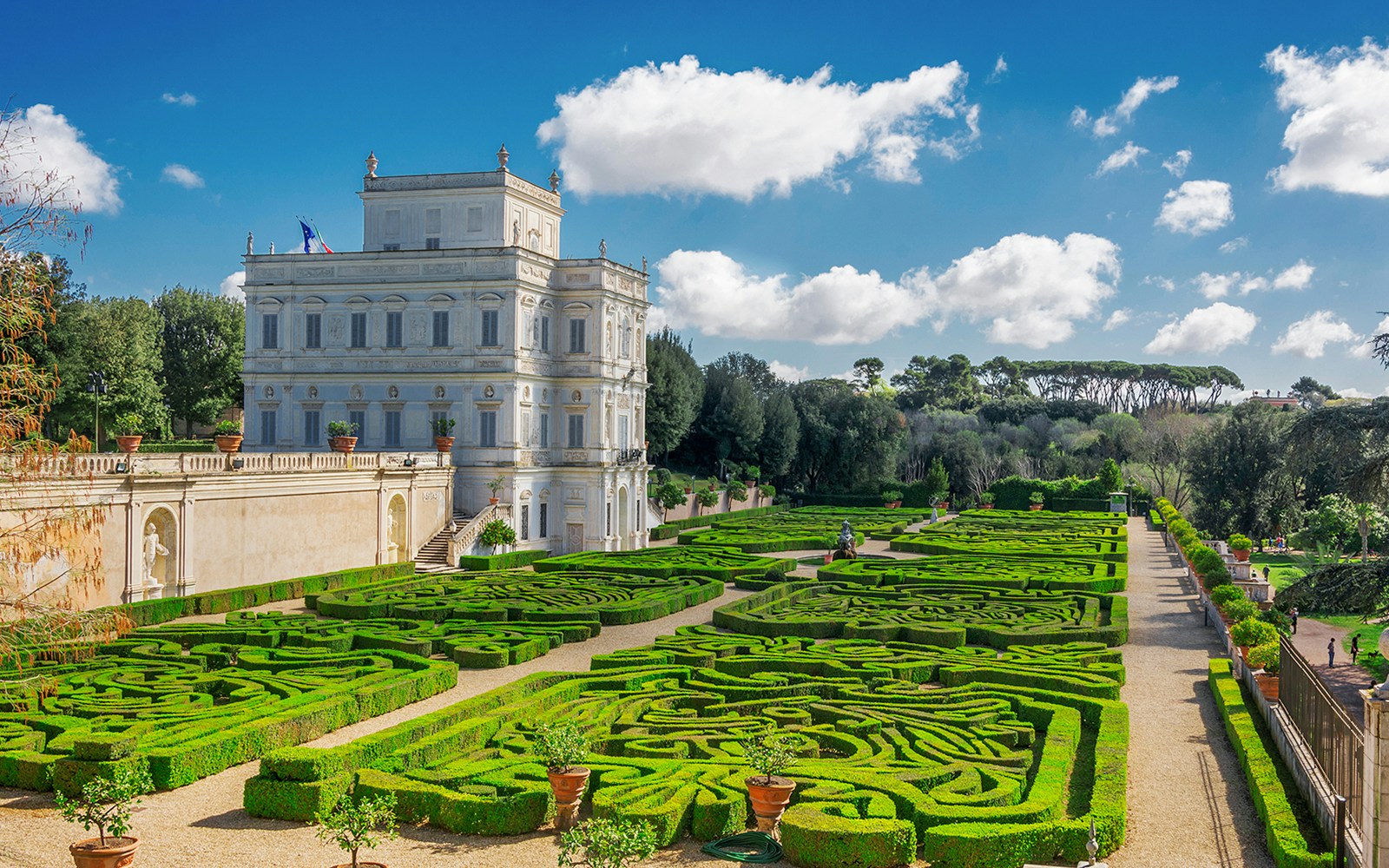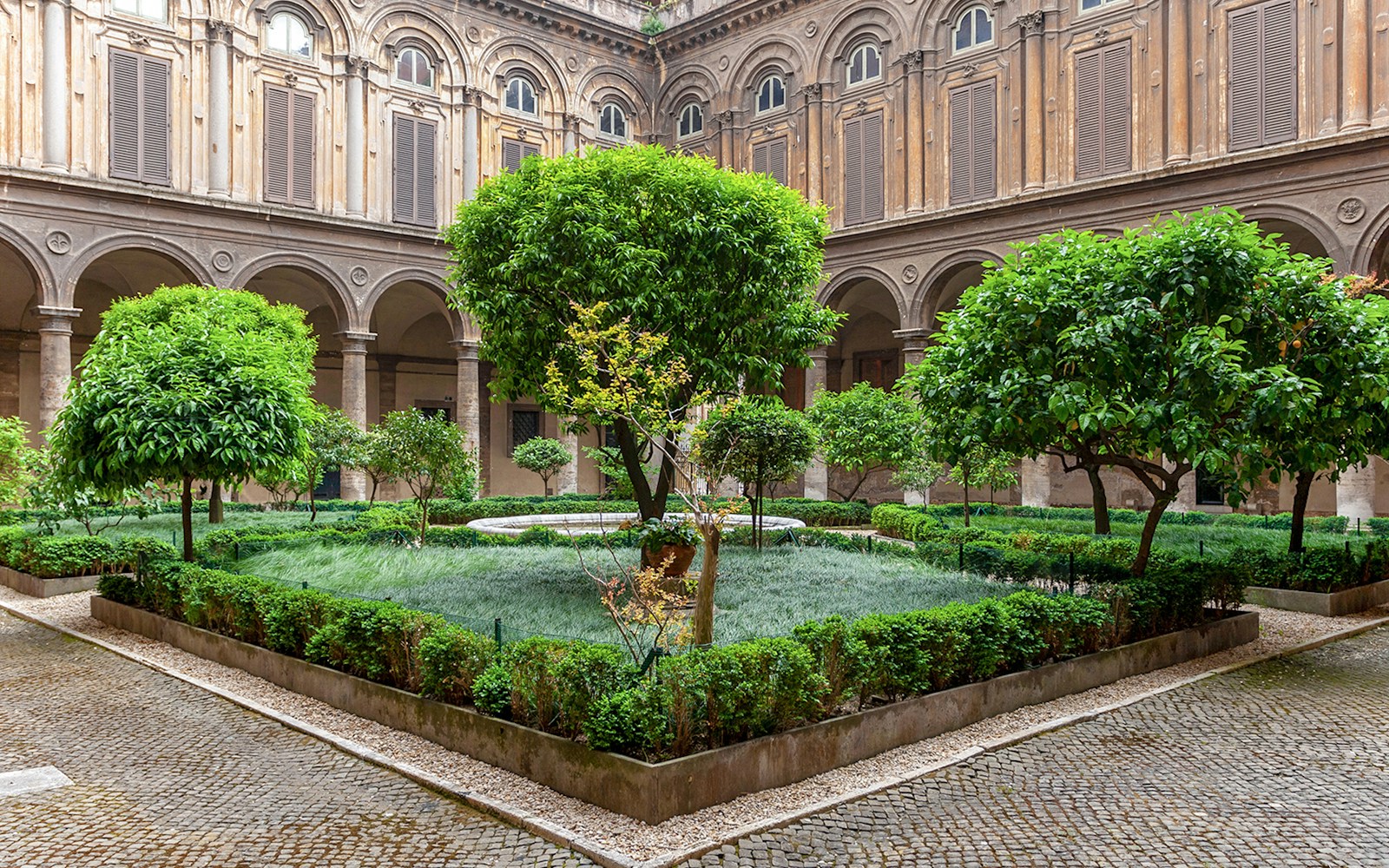This stunning 17th-century villa, built under Pope Innocent X, is a masterpiece of Baroque architecture. Although not open to the public, its exterior is worth admiring for its ornate decorations and historical significance. The villa's gardens feature fountains designed by renowned artists like Alessandro Algardi and Gian Lorenzo Bernini. Originally built as a residence for the Pamphili family, it is currently used for official state functions in Rome.
Why visit Villa Doria Pamphili?
Escape the crowds
Villa Doria Pamphili offers a tranquil retreat from Rome’s bustling historic center. Unlike the crowded tourist spots, this expansive park provides peaceful surroundings to relax and unwind. Whether you’re looking for solitude or a quiet place to enjoy nature, it ensures plenty of space to escape the noise and chaos of city life.
Perfect for outdoor enthusiasts
The park is ideal for those who enjoy outdoor activities. Jogging enthusiasts can take advantage of its well-maintained trails that wind through wooded areas and open meadows. Cyclists will appreciate the spacious paths that allow for leisurely rides amidst Mediterranean vegetation. For those who prefer a slower pace, strolling through the formal gardens or along the pond offers a serene experience.
A historical landmark
At the heart of the park lies Casino del Bel Respiro, a stunning 17th-century villa commissioned by Pope Innocent X. This architectural marvel reflects Baroque grandeur, surrounded by geometric gardens adorned with fountains and statues created by renowned artists like Bernini and Algardi. Although not open to the public, its exterior is a must-see for history lovers.
Absolutely free
Villa Doria Pamphili is one of Rome’s most budget-friendly attractions, as there is no entrance fee. You can explore its vast grounds, historical landmarks, and natural beauty without spending a dime, making it an excellent option for travelers on a budget.
A local favorite
Loved by locals, Villa Doria Pamphili is a popular spot for families, joggers, and picnickers alike. Its relaxed atmosphere and scenic beauty make it one of the best places to spend a laid-back afternoon away from tourist-heavy areas. Locals often recommend it as a hidden gem for those seeking an authentic Roman experience.


